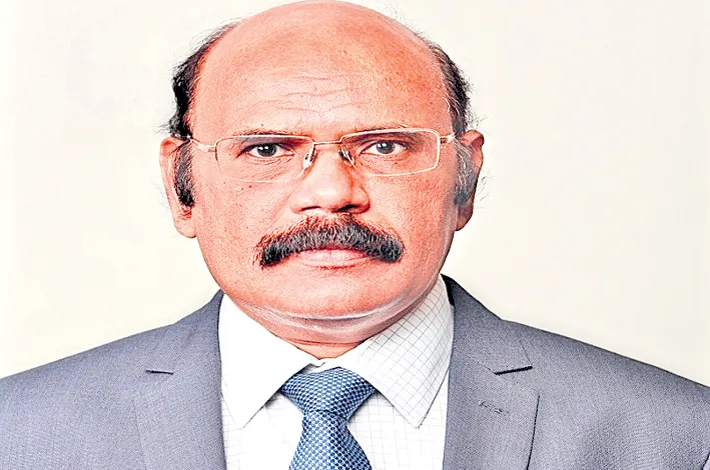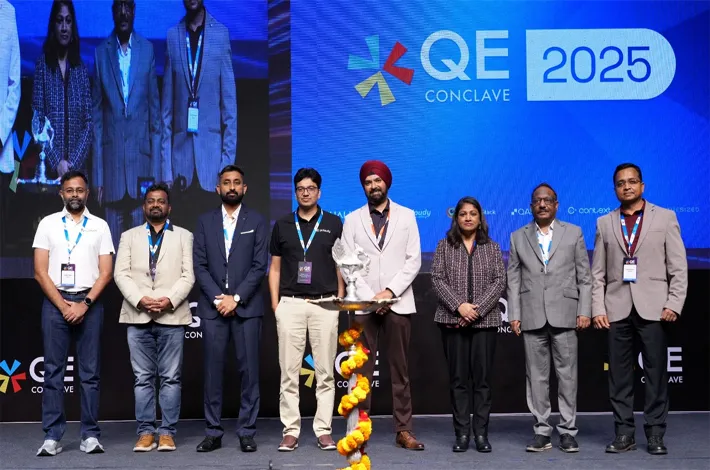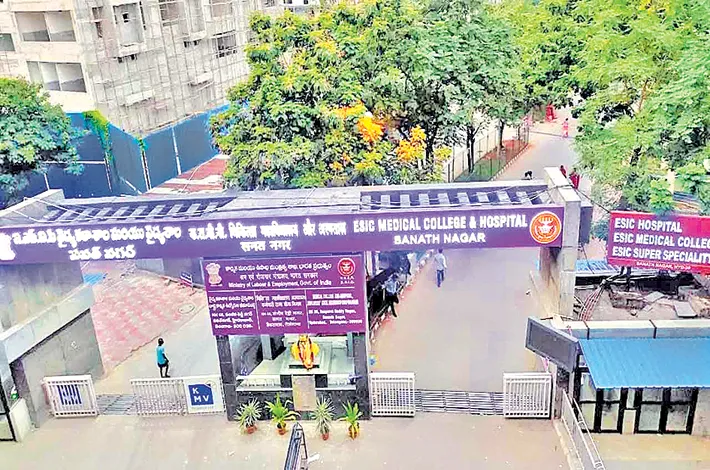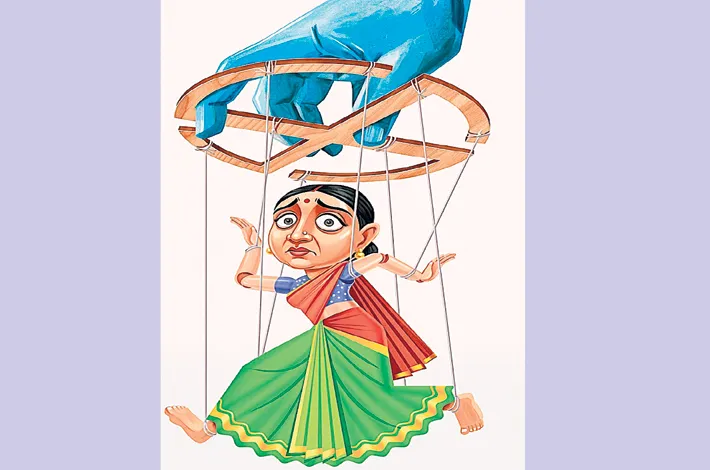Timely surgery key to saving lives in aortic dissection cases: Survey
01-10-2025 12:00:00 AM

A nationwide survey led by Dr. Lokeswara Rao Sajja, published in the Indian Journal of Thoracic and Cardiovascular Surgery (Oct 2025), reveals major differences in how acute Type Aortic Dissection is managed across India.
While some centers use advanced techniques, others face delays due to limited infrastructure, late diagnoses, and poor patient awareness. The critical takeaway is timely surgery at specialized cardiac centers is essential to survival.
Aortic dissection is a life-threatening emergency where the inner layer of the aorta tears, causing internal bleeding. If untreated, the death risk increases by 1–2% every hour.
With an estimated 5 to 6 cases per 100,000 people each year, thousands in India are at risk. Many cases are misdiagnosed as heart attacks or strokes, leading to preventable deaths.
Men over 50 years old and people with high blood pressure or genetic conditions like Marfan syndrome are at high risk of getting this life-threatening emergency.
Warning signs of this life threatening emergency are sudden chest pain, back pain and even fainting.
Emergency surgery, which replaces the damaged aorta with a graft, is the only effective treatment. Newer techniques like the Frozen Elephant Trunk procedure also address future complications by reinforcing the aortic arch and descending aorta.
‘Aortic dissection is as dangerous as a heart attack. Awareness, rapid diagnosis, and quick referral to specialized centers can save lives,’ says Dr. Sajja, Senior Consultant Cardiothoracic Surgeon, Star Hospitals, Hyderabad.
This survey highlights the urgent need for public awareness, early diagnosis, and faster access to specialized surgical care to improve survival rates across India.








